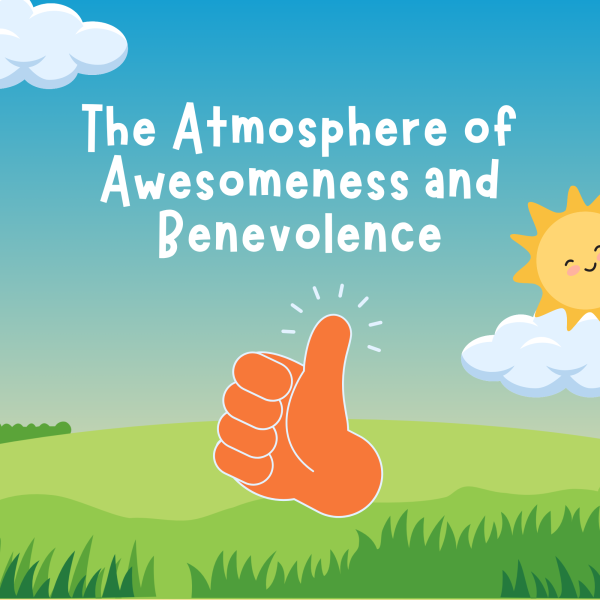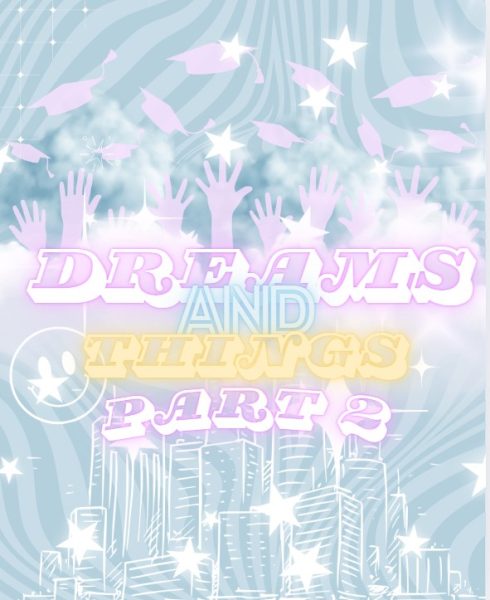WHY/HOW DO NATURAL DISASTERS FORM?
You may have heard of the term, “Hurricane”, or “Tornado” before, but probably not “derecho”. What are derechos, and how do each one of these natural disasters form?
When people hear that a hurricane is about to hit, they get super scared, knowing that this hurricane is going to produce “Gusty Winds”, and flood the whole area. A student from iUP said, “I lived through Hurricane Harvey, but my family wasn’t majorly affected by it. We couldn’t go to school for a few weeks, and there were several times that Mom herded us into the bathroom in the middle of the night because she got a tornado warning. The creek behind our house is what saved us; it rose about thirty feet during the storm, but it never overflowed. Some of my friends did get evacuated from their houses, though, and one of my friend’s house got broken into while they were gone.”
While natural disasters are harmful, it never hurts to learn why these things form!
How Hurricanes Form
Let’s start with hurricanes. The first step for a hurricane to form is that the ocean water needs to be moist and warm, and the area around it has to be very humid. Before the next step, you need to know what low pressure is. Low pressure is a system that has lower pressure at its center, than the areas around it. Winds push toward the low pressure, and the air rises in the atmosphere as they meet. When the air is rising, the water vapor inside condenses. This is what forms precipitation. The second step for a hurricane to form is that when the humid air is pushing upward at an area of low pressure over warm water, water is released from the air, which creates the clouds of the storm. The last step of formation: The air in a hurricane rotates as it rises. The outer parts of the storm also called the ‘bands’, or ‘outer bands’ of a storm, start rotating around a common center. The center of the hurricane is called the eye.
As the hurricane starts moving in water, it could strengthen, or weaken, depending on the condition of the water. Usually, hurricanes start out as a tropical depression, which is just an area of low pressure lower than 39 mph. If it is between 39 and 73 mph, then it is considered a tropical storm. Here is where the Saffir-Simpson scale comes in. In the scale, if a storm is between 74 and 95 mph, then it is a category 1 hurricane. 96-110 mph is category 2. 111-129 is category 3. 130-156 is category 4. 157+ is category 5. If a storm is category 3 or higher, and affects land, then it is considered a major hurricane.
How Tornadoes Form
Tornadoes could be an effect of a hurricane, and it is actually pretty common for a tornado to form during a hurricane. They could also form when there is only an area of low pressure.
Air rising in thunderstorms could start spinning, when it is affected by the winds blowing at it in different directions. Winds moving at different velocities and altitudes causes the rising air to start spinning. Air that spins as it is rising is common in supercells (the strongest type of thunderstorm). However, spinning air doesn’t always spawn tornadoes.
Another condition for a tornado to form is that there has to be spinning air near the ground. Gusts filled with warmer air rise as they blow, while gusts filled with cooler air sink as they blow. If there is a sufficient amount of both of these gusts, then we get some spinning air near the ground. Finally, the spinning air near the ground speeds up. The rotating air then moves across the land, allowing a tornado to form.
How Derechos Form
Before you get to learn how derechos form, you have to know what derechos are. A derecho is an extensive, violent windstorm. It is associated with a rapidly moving band of strong to severe storms, which usually contains the shape of an archer’s bow.
There needs to be 5 conditions for a derecho to form:
- Enough instability in the atmosphere.
- Winds in the atmosphere keep increasing by height.
- An EML, or Elevated-Mixed-Layer, which forms an area of swiftly decreasing temperatures, along with height in the atmosphere.
- A stationary front (the boundary between cold and warm air masses that aren’t moving) along which storms can form, and progress.
- Abundant low-level moisture.
Derechos form when all of these factors come together to start multiple thunderstorm formation. We need strong winds throughout the lower atmosphere. The strong winds help to form an extreme gust front ahead of the pool of rain-cooled air. The pool of rain-cooled air allows the gust front to maintain its strength as it expands. As a result, the updraft tilts toward the back of the storm, enabling the storm to grow in size, and save its strength over a longer distance. New storm cells keep forming like this, and the derecho forms.
Citations:
The Highs and Lows of Air Pressure | UCAR Center for Science Education. (2020). Retrieved 15 October 2020, from https://scied.ucar.edu/learning-zone/how-weather-works/highs-and-lows-air-pressure
How Hurricanes Form | UCAR Center for Science Education. (2020). Retrieved 15 October 2020, from https://scied.ucar.edu/learning-zone/storms/how-hurricanes-form#:~:text=For%20one%20to%20form%2C%20there,air%20in%20a%20hurricane%20rotates
Wolchover, N. (2011). Why Is the Eye of a Hurricane Calm?. Retrieved 15 October 2020, from https://www.livescience.com/15805-calm-hurricane-eye.html#:~:text=In%20a%20tropical%20stor
Saffir-Simpson Hurricane Wind Scale. (2020). Retrieved 15 October 2020, from https://www.nhc.noaa.gov/aboutsshws.ph
How Tornadoes Form | UCAR Center for Science Education. (2020). Retrieved 15 October 2020, from https://scied.ucar.edu/learning-zone/storms/how-tornadoes-form
Derechos: The Facts. (2020). Retrieved 15 October 2020, from https://weatherworksinc.com/news/what-is-a-derecho
June 6, 2020 Derecho. (2020). Retrieved 15 October 2020, from https://www.weather.gov/unr/2020-06-06

My name is Ayush Sachdeva, and I'm currently in 7th grade. This is my 2nd year at iUniversity Prep, and I am very excited about my classes this year. Some...







